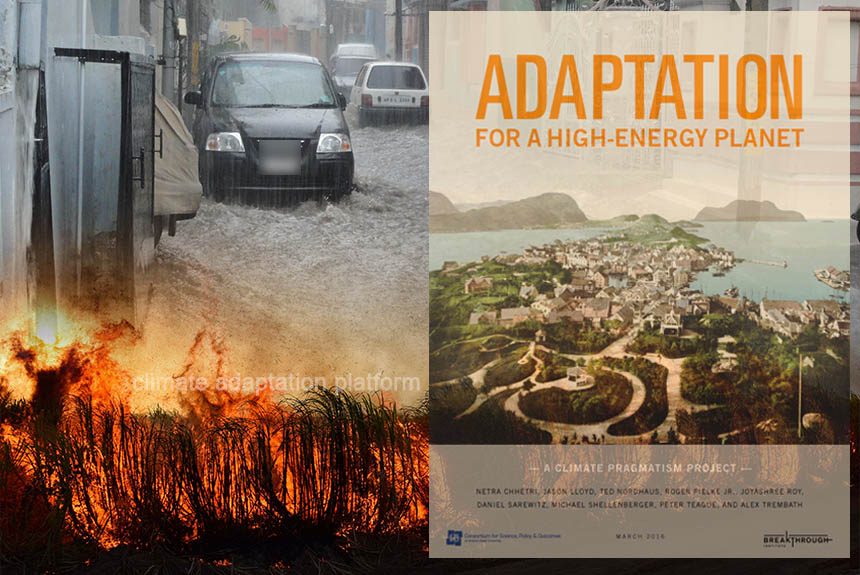The report from the Breakthrough Institute advocates making adaptation a mainstream in climate action and government policies.
It says that although it has recently gained acceptance as a response to the rising temperature, it remains a sideshow over climate mitigation or initiatives and policies that aims to slash GHG emission. The report notes that doing so misses enormous opportunities for implementing actions to reduce human suffering and deaths due to increasing climate and weather-related disasters.
The report proposes bringing adaptation to the fore through two strategies. The first is to adopt progressive and decisive reductions in loss of life from disasters worldwide as a direct measure of adaptive success.
Using the data from Our World in Data.org, the “Natural Disasters” report shows that global death tolls from natural disasters, including earthquakes, volcanic activity, landslides, drought, wildfires, storms, and flooding, see a downward trend from 1900 to 2023. The decline is even more significant when population growth is considered over this period. Based on the number of deaths per 100,000 people, there has been a substantial decline over the past century.
The second strategy is to put adaptation at the centre of the climate change policy agenda, energy access and innovation. “Low-regret” and “win-win” efforts to directly improve people’s lives while supporting mitigation efforts offer attainable objectives for creating a more prosperous and resilient world that resonates with diverse values and worldviews.
“Unshackling adaptation from mitigation-centred institutions like the UNFCC requires understanding adaptation as a central component of socioeconomic development. Shifting to adaptation-focused objectives for the many funding mechanisms, policy levers, and lending institutions that currently operate in poor countries under the rubric of climate mitigation—some which enable and some which inhibit truly sustainable development—can move these efforts in a more pragmatic and coherent direction, one that directly improves people’s lives,” says the report.
“Adaptation provides an agenda that policymakers can implement at the national and local level, shaping decisions about urban and community development, land use and resource management, hazard insurance, building codes, evacuation, and recovery efforts that impact how communities prepare for and experience crises,” it adds.
The report takes innovative climate adaptation examples from Nepal, the Netherlands, and inner-city Chicago on how they addressed issues of food security, rising sea levels, and public health, respectively, and finds two critical lessons from these examples.
- “To adapt to rising exposure to climate change, innovate toward a range of possible futures: Dealing with uncertainty requires flexibility and foresight to keep pathways open.”
- “High-energy adaptation means reduced vulnerability: Reducing vulnerability to natural disasters depends on prioritising socioeconomic development through modernised energy systems and other pragmatic initiatives. Successful adaptation will occur only on a high-energy planet.”
The report wanted to see climate adaptation on equal footing with mitigation regarding policies, priority, and finance. Placing climate adaptation at the backburner while focusing too much on reducing GHG emissions at the expense of the immediate and critical problems from food security to public health to economic growth is untenable and ineffective.
It reveals that, in contrast, “adaptation to the current and anticipated climate (and not just its human-caused changes) is a process of identifying multiple pathways for achieving concrete goals like reduced deaths and economic losses from disasters, more equitably distributed prosperity, stronger communities, better public health, and more access to modern energy systems.”
Read the full report by clicking the link in the “Source” section below.
Source:
Adaptation for a High-Energy Planet. A Climate Pragmatism Project. (2016, March 28). The Breakthrough Institute. Retrieved from https://thebreakthrough.org/articles/adaptation-for-a-high-energy-planet



Leave a Reply